The MRCOG Part 1 exam assesses basic and applied sciences relevant to the clinical practice of Obstetrics and Gynecology. It is a written examination consisting of two papers each containing 10 single best answer questions (SBAs), covering the core syllabus set out by the Royal College of Obstetrics and Gynecology (RCOG) in the UK. As the format of the papers changed to single best answer questions in 2015, there is limited material available in this format ti guide the candidates studying fir the exam. This book was written for this exact reason, in order to equip prospective candidates with the resources to answer relevant practice questions in the new exam format and style. It contains five papers, each with fifty questions, covering all the modules assessed in the exam and outlined by the syllabus. The questions formulated are based solely on the RCOG syllabus, written by candidates who have sat the exam in the new format and reviewed by professionals who have vast experience in setting questions for exams. This unique book includes answers with detailed explanations and further reading reference that readers can use for their ongoing revision.
Related products
-
Current Progress in Obstetrics and Gynecology – Volume 5
₹1,225.00In its 5th Volume the now CLASSIC comes with a value addition in the form of Multiple Choice Questions, which would highly beneficial to one and all. The Editors have gathered an ensemble of acclaimed clinicians giving an insight to various key aspect in Obstetrics and Gynaecology.
-
Current Progress In Obstetrics & Gynaceology – Volume 6
₹1,225.00Volume 6 of Current Progress in Obstetrics and Gynaecology has been complied during the most challenging time of the Covid – 19 pandemic. In spite of the challenges that all of us have faced thrughout the world, the editors are delighted to produce a state-of-the-art volume on many of the important challenges in contemporary obstetrics and gyaecology. The first part of this volume addresses a spectrum of gynaecologic topics, including infertility, the special challenges of female athletes, early ovarian aging, diagnosis and management of adnexal masses, endoscopic surgery, minimising blood loss in surgery and diagnosing and managing gynaecologic complications. The second part of this volume deals with myriad of obstetric topics, including epigenetics, the hormonal transition int motherhood, maternal infections leading to congenital defects, the important of multidisciplinary care in managing foetal anomalies, the evolving antenatal management of congenital diaphragmatic hernia, the current approach to antepartum haemorrhage and the important role of ultrasound in the management of labour and delivery. The volume closes with the relevance of professional ethics to the clinical practice of obstetrics and gynaecology. The editors are grateful to all of the authors who have given their expertise selflessly at this difficult time and enabled this volume to improve the care of obstetric and gynaecologic patients throughout the world.
-
John Studd’s Current Progress in Obstetrics and Gynaecology Volume 7
₹1,225.00In Contemporary Obstetrics and Gynaecology, what new trends have evolved, what new advancements have been made, what new technologies have been developed, what new challenges do we face? Current Progress in Obstetrics and Gynaecology will continually answer those questions for you. Volume 7 comprises several topics at the cutting edge of contemporary Obstetrics and Gynecology. First, this volume starts with applications of artificial intelligence (AI) in reproduction medicine and how AI may lead to paradigm shift in this field. Another paradigm – changing topic involves population genetic screening for individualized preventative medicine. This volume addresses a spectrum of gynecologic topics, from dyslipidemia in pregnancy, obesity and reproduction, modern concepts of managing climacteric and menopause, treatment options for overactive bladder and the use of mesh treatment for urogynaecology. There are also chapters dealing with prevention and management of gynaecologic cancers such as those of the cervix and the endometrium. This volume updates new advancement and pratice in obstetric and gynaecological techniques, such as cervical cerlage in modern obsteric practice, routine third trimester scan for the detection of foetal anomalies and now to reduce complications in laparoscopic surgery. Last but not least, this volume addresses third gender gynaecology, the obstetric and gynaecologic care for transgender patients and the increasing use of cosmatic gynaecology in recent years. The editors are grateful to all the authors who have given their expertise and enabled this volume to improve the care of obstetric and gynaecologic patients throughout the world.
-
Basic Science in Obstertrics and Gynaecology 5th/Ed. – The Textbook for MRCOG – Part I
₹1,995.00Training the next generation of obstetricians and gynecologists requires the provision of a strong foundation in the understanding of the basic science that underpins clinical practice. The MRCOG Part 1 examination has evolved to assess active participation of trainees in acquiring this fundamental scientific knowledge. The updated 2019 MRCOG syllabus and core curriculum acts as Scientific Platform for Clinical Practice, examining 15 core knowledge areas in four domains of understanding: Cell Function, Human Structure, Measurement and Manipulation and Understating Illness. Assessment has also been reformed to the format of single best answer (SBA) questions. This New edition has been updated with these adaptations to the MRCOG Part 1 examination in mind. We have brought in new editors and several new authors to update chapters. We have introduced a new chapter with self-assessment questions and answers, to reflect the revised examination format. We include 11 SBA questions per book chapter (17 for the anatomy chapter), and there mock exam papers. Included in this edition is a digital format to the book, to provide more flexibility in learning technique. We are grateful to the previous authors whose work formed the foundation of the current edition.

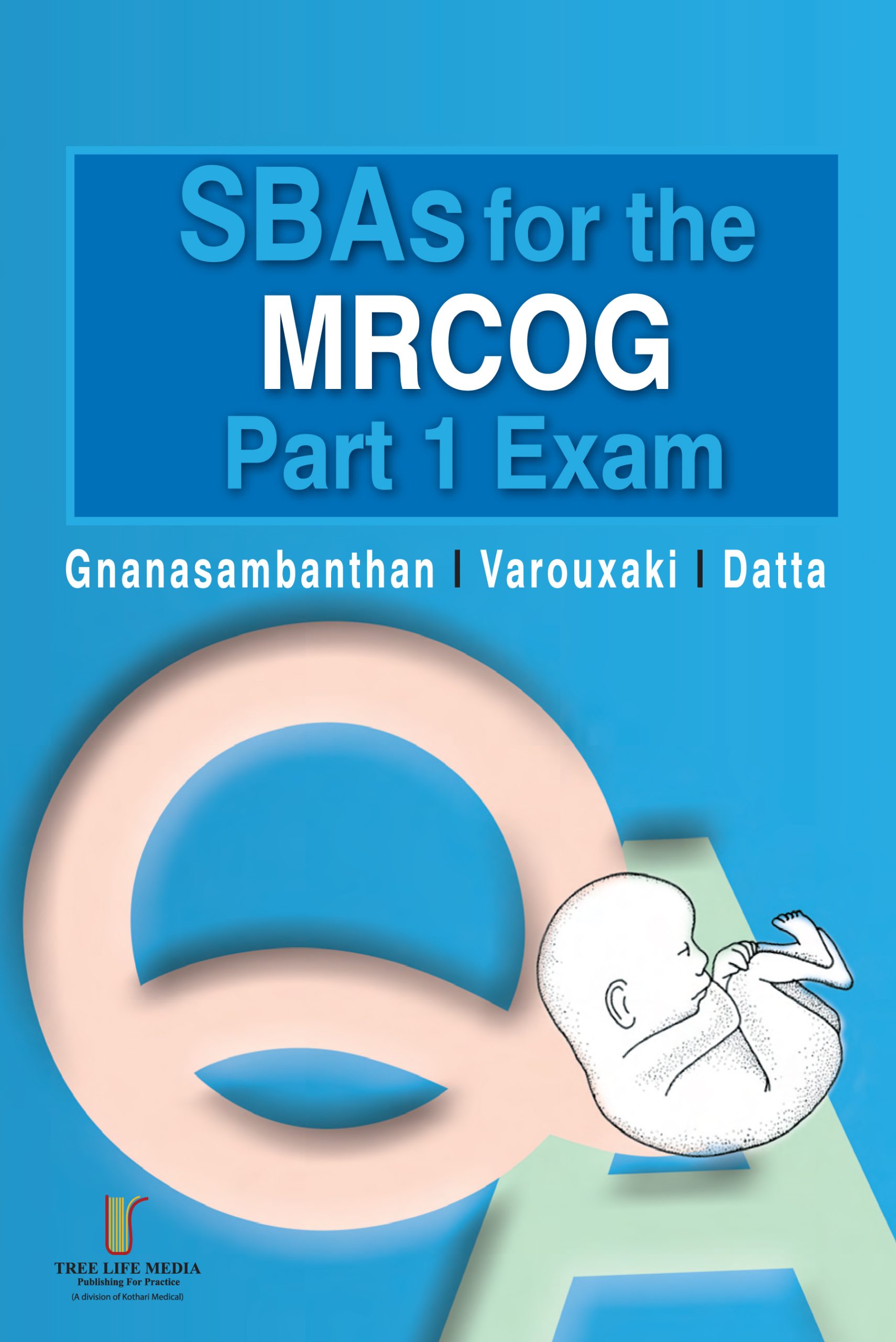
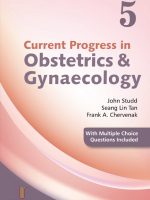
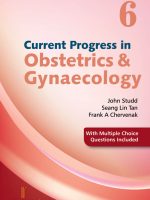
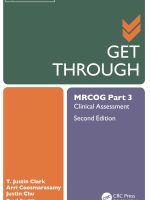
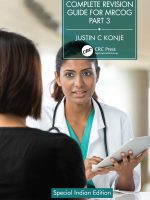
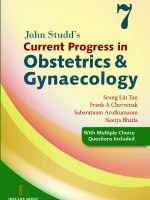
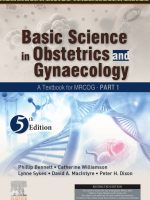
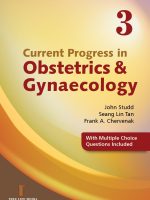
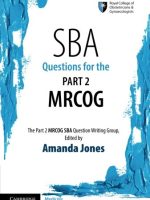
Be the first to review “SBAs for the MRCOG Part 1 Exam”